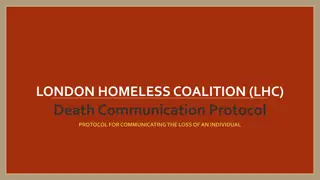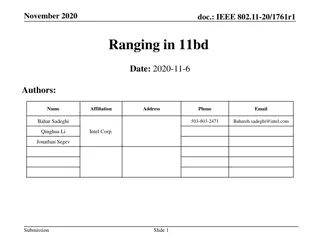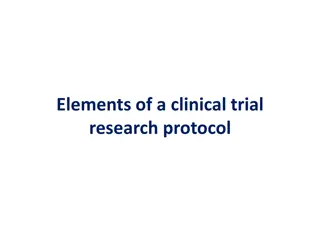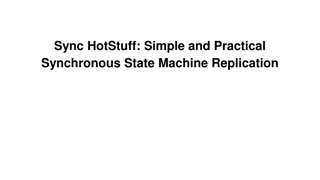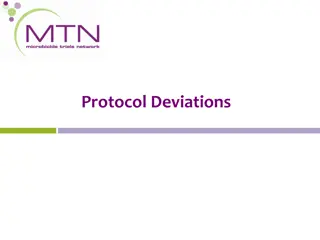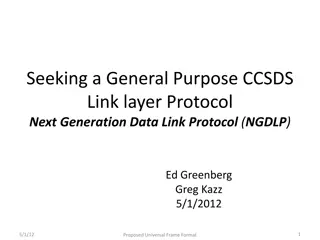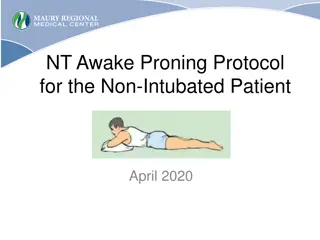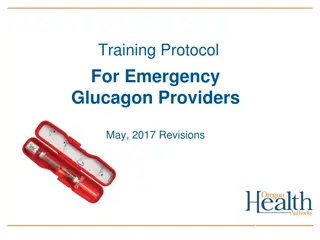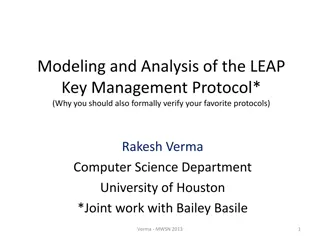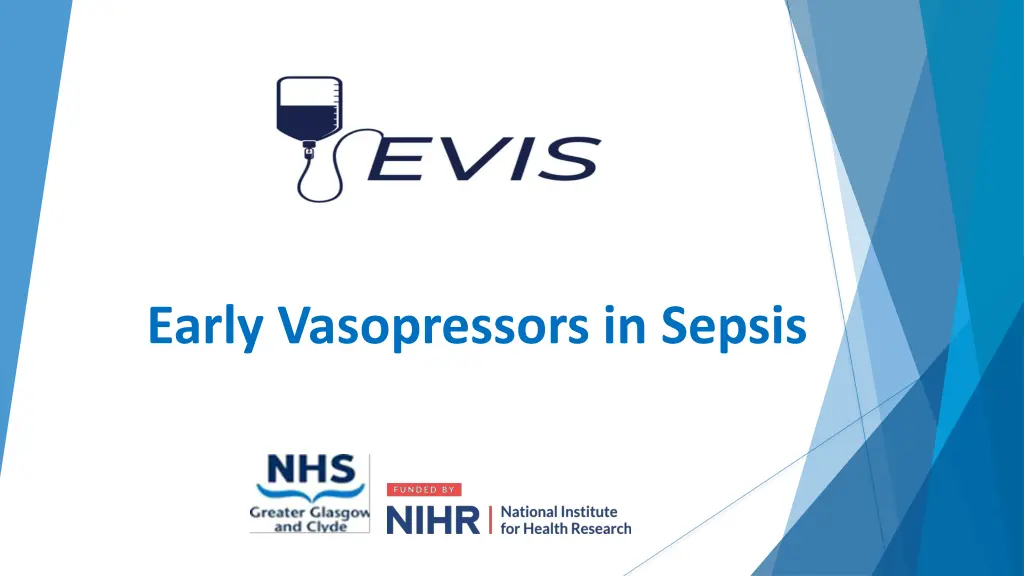
Vasopressors in Sepsis Clinical Trial Overview
"Explore a UK-wide clinical trial on the use of early vasopressors in septic shock patients, aiming to determine the effectiveness of targeting MAP 65mmHg within 12 hours of admission. Learn about the study objectives, inclusion/exclusion criteria, and primary outcomes."
Download Presentation

Please find below an Image/Link to download the presentation.
The content on the website is provided AS IS for your information and personal use only. It may not be sold, licensed, or shared on other websites without obtaining consent from the author. If you encounter any issues during the download, it is possible that the publisher has removed the file from their server.
You are allowed to download the files provided on this website for personal or commercial use, subject to the condition that they are used lawfully. All files are the property of their respective owners.
The content on the website is provided AS IS for your information and personal use only. It may not be sold, licensed, or shared on other websites without obtaining consent from the author.
E N D
Presentation Transcript
Key Study Contacts Chief Investigator: Dr Alasdair Corfield alasdair.corfield2@nhs.scot Project Manager: Hannah Greenwood hannah.greenwood@nhs.scot Monitoring: Emma Moody emma.moody@nhs.scot Data Centre: Peace Samuel Peace.Samuel@ed.ac.uk
Study Summary Aim: To deliver a UK wide pragmatic multicentre randomised controlled trial to determine definitively whether early PVI target to MAP 65mmHg is clinically and cost effective for adult patients with septic shock compared with usual current care. Sample Size: 1005 patients across 30 UK sites Trial Period: Ongoing until November 2026 Treatment duration: 48 hours Follow up duration: 90 days Control arm: Intravenous crystalloid administered as 250-1000ml boluses up to approximately 30ml/kg in the first 3 hours after randomisation and thereafter according to national guidelines for remaining 45 hours to target MAP 65mmHg Intervention arm: Peripheral norepinephrine infusion during initial 48 hour study period to target MAP 65mmHg Primary Outcome: Days Alive and Out of Hospital at 90 days (DAOH-90)
Objectives Primary Objective To determine whether early PVI (within 12 hours of admission) targeted to MAP 65 mmHg improves clinical effectiveness (Days alive and out of Hospital at 90 days) in hospitalised adult patients with septic shock compared with usual care, in the first 48 hours. Secondary Objective To assess the effects of PVI, compared with usual care on clinical, patient centred, health service and economic outcomes in the acute hospital setting and during three months follow-up, post randomisation. These will include protocol adherence and safety outcomes.
Inclusion Criteria Age > 18 years Clinically suspected or proven infection resulting in a principal reason for acute illness SBP <90 mmHg or MAP < 65mmHg (within an hour of eligibility assessment) Measured serum lactate of > 2 mmol/L. The serum lactate should be measured 2 hours prior to determination of eligibility, where possible. Longer timeframes may be used and justified within the medical notes if, in the opinion of the investigator, the clinical status of the patient has not significantly improved in the time interval between lactate measurement and eligibility assessment. Lactate measurements more than 4 hours prior to eligibility assessment should not normally be used. Hospital presentation within last 12 hours
Exclusion Criteria >1500ml of intravenous fluid prior to screening Clinically judged to require immediate surgery (within one hour of eligibility assessment) Immediate (<1 hour) requirement for central venous access Chronic renal replacement therapy Known allergy/adverse reaction to norepinephrine Palliation/end of life care (explicit decision by patient/family/carer in conjunction relief is not appropriate) Previous recruitment in the trial Patients with permanent incapacity Pregnancy. Women of child bearing potential (WoCBP) must have a negative urine or serum pregnancy test completed as part of screening requirements. WoCBP are defined as fertile following menarche until becoming post-menopausal unless permanently sterile. Permanent sterilisation methods include hysterectomy, bilateral salpingectomy and bilateral oophorectomy. A post menopausal state is defined as no menses for 12 months without an alternative medical cause. Other primary causes of shock (e.g. suspected cardiogenic shock, haemorrhagic shock, etc) History or evidence of any other medical, neurological or psychological condition that would expose the subject to an undue risk of a significant Adverse Effect as determined by the clinical judgement of the investigator Participation in other clinical trials of investigational medicinal products
EVIS treatment arms Participants in EVIS will be randomised to either: Usual Care: peripheral intravenous fluid using a balanced crystalloid i.e. compound sodium lactate (also known as Ringers Lactate or Hartmanns solution) OR Plasma-lyte 148 Intervention arm/Early peripheral vasopressor: peripheral intravenous norepinephrine All other care as per current UK/local sepsis guidance Treatment duration: Up to 48 hours from time of randomisation Prescribing of EVIS IMPs: Restricted to those delegated this responsibility on site delegation log. When prescribing ensure it is clear that patient is taking part in EVIS clinical trial Study supplies: Use hospital own stock
Detailed information and support for EVIS study Current protocol EVIS IMP manual for Sites More detailed training modules available including one on EVIS IMP Prescribing as well as EVIS IMP Prep & Admin Clinical Information Sheets Template EVIS: Peripheral Norepinephrine Preparation and Administration Record Available on EVIS study website www.evis.scot.nhs.uk or scan QRS code



